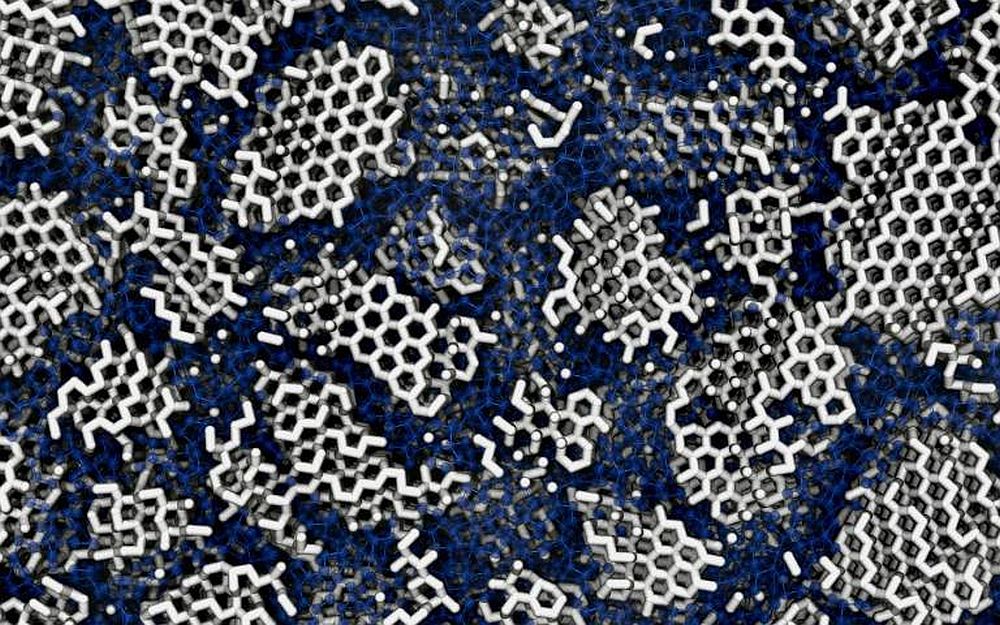“Success in executing future NASA space missions will depend on advanced technology developments that should already be underway,” according to a study by the National Research Council of the National Academies that was released yesterday.
However, the report continues, “it has been years since NASA has had a vigorous, broad-based program in advanced space technology. NASA’s technology base is largely depleted,” leaving the agency with “few new, demonstrated technologies” to conduct its mission.
Relevant to the materials community is a call for making lightweight and multifunctional materials and structures a priority.
The 2010 NASA Authorization Act required NASA to find a way to maintain its R&D in space technology. In response, the agency released a strategic plan in early 2011. Of the six points on the plan, five are relevant to NASA’s aeronautics mission and were evaluated in the NRC study. As part of the strategic plan, NASA drafted 14 space technology roadmaps “to identify a number of critical enabling technologies.” The NRC review committee used these 14 roadmaps as the starting point for its study.
Of the 14 draft roadmaps, two explicitly address materials science issues and four imply materials science. The rest address systems issues, such as propulsion, launch, landing, IT, etc. and human health issues.
The study committee teased out three technology objectives from the NASA strategic plan and roadmaps:
1. Extend and sustain human activities beyond low-Earth orbit,
2. Explore the evolution of the solar system and the potential for life elsewhere,
3. Expand our understanding of Earth and the universe in which we live.
Although each NASA roadmap identifies the technical challenges to meeting the needs of its technology area, and the committee attempted to add some focus: It made a list of which challenges applies to the three objectives above. The exercise revealed that there were groupings that cut across the three objectives (listed in the press release), which allowed them to identify five “unified technologies.”
In addition, working with the assumption that funding levels would be in the $500 million to $1 billion per annum range, the study committee determined 16 “highest priorities” for technology development.
Of the 16 high priority technology challenges, only one was listed under all three objectives: Lightweight and Multifunctional Materials and Structures. Within that section of the roadmap, nine technologies were identified as high priority, including “Lightweight Structure (Materials).” On the subject of lightweight materials the report says,
Advanced composite, metallic, and ceramic materials, as well as cost-effective processing and manufacturing methods, are required to develop lightweight structures for future space systems. Lightweight structural materials developed by NASA and other government agencies, academia, and the aerospace industry have found extensive applications in transportation, commercial aircraft and military systems. Continued NASA leadership in materials development for space applications could result in new materials systems with significant benefit in weight reduction and cost savings. This technology has the potential to significantly reduce the mass of virtually all launch vehicles and payloads, creating opportunities for new missions, improved performance and reduced cost.
The other eight items in this technical area have to do with testing, certification, manufacturing, systems and reliability.
The NRC report, “NASA Space Technology Roadmaps and Priorities,” is dense — 470 pages. It includes a comprehensive description of the committee’s methodologies and recommendations. All 14 of NASA’s technical area roadmaps are included.
Author
Eileen De Guire
CTT Categories
- Aeronautics & Space
- Material Innovations


